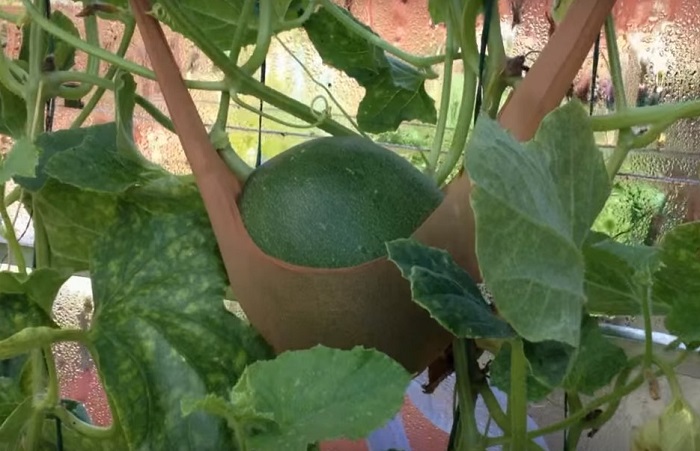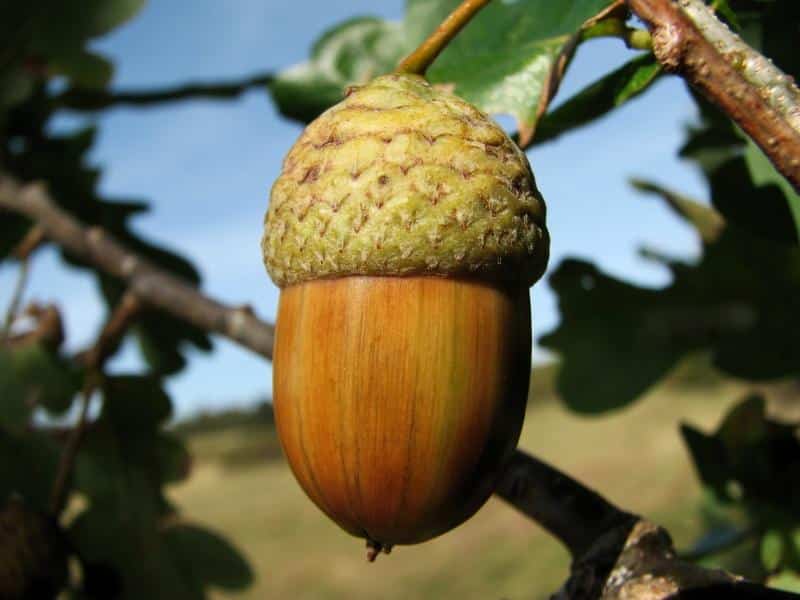
Jack may have followed a beanstalk up into the clouds, but beans aren’t the only vegetables that love an excuse to reach heavenwards.
Vertical gardening offers a number of benefits compared to traditional gardening, and is a technique which lends itself well to a surprising number of common plants. This sort of approach is especially helpful when space is at a premium, allowing even a compact section of soil to nurture multiple large plants supported by a trellis or other structure.
Not only does vertical gardening save space, but it also tends to produce healthier plants. The increased air circulation helps reduce problems with pests and diseases, and, because vertical plants are generally easier to access for the gardener, the arrangement tends to result in better watering and fertilizing.
Need Non-GMO Seeds? Get The Best Deals Here!
Let’s take a look at three plants you might be surprised can be grown vertically.
1. Squash
Squash are notorious space hogs, but by sending them skyward they’ll be less likely to overwhelm your garden. For best results, seek out smaller varieties, like zucchini, pie pumpkins, or acorn squash, that will be easier to shore up. Note, though, that because of their weight, even relatively small squash will require sturdy supports, so consider constructing a trellis with a metal frame to prevent mid-season tragedy.
Story continues below video
2. Cucumbers
While many people are accustomed to seeing bush cucumber plants, several varieties (especially heirloom varieties) are available that embrace the vertical lifestyle and can grow upwards of five feet high if carefully supported. This distance from the dirt is especially helpful in preventing fungal infections and other diseases from overwhelming cucumber plants.
Story continues below video
3. Melons
Like squash, small melons can readily be trained to climb trellises rather than sprawl across the garden. To prevent damaging tender vines, avoid using string to attach the plant to the structure. Instead, consider using surveyor’s tape, strips of fabric, or even pieces of nylon to coax the growing plant along. Once the fruit starts to weigh more than a pound or two, create a sling for it (mesh vegetable bags or cut up nylons work great) to shift the weight of it to the support structure rather than having it pulling entirely on the vine.
Story continues below video
Some gardeners grow these three vegetables near a fence, which can provide even more support.
Vertical gardening is a great way to increase both the yield and the appearance of vegetable plants grown at home. Consider incorporating the different plants listed above in your next garden plan and discover that, when it comes to growing food at home, the sky really is the limit.
What advice would you add? Share it in the section below:
Bust Inflation With A Low-Cost, High-Production Garden. Read More Here.











